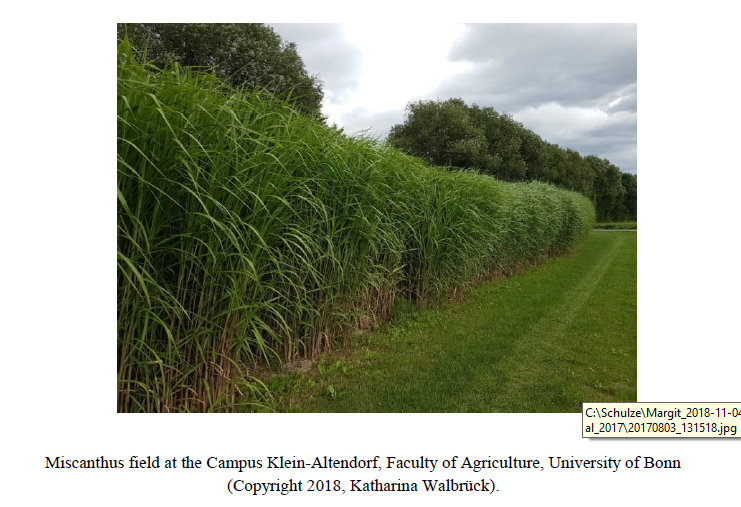As a renewable industrial crop, Miscanthus offers numerous advantages, namely high photosynthesis activity (as a C4 plant) and exceptional CO2 fixation rate. These properties make Miscanthus very attractive for industrial exploitation, such as lignin generation. Here, we present a systematic study analyzing the correlation of the lignin structure with Miscanthus genotype and plant portion (stem versus leaf). Specifically, the ratio of the three monolignols and corresponding building blocks as well as the linkages formed between the units have been studied. Depending on the Miscanthus genotype and plant component (leaf versus stem), correlations between chemical structure and properties of the lignins have been determined, i.e. correlations in molecular weight, polydispersity and decomposition temperature. Lignin isolation was performed using non-catalyzed organosolv pulping and the structure analysis includes NREL, FTIR, UV-Vis, HSQC-NMR, TGA, pyrolysis GC/MS. Structural differences were found for stem and leaf-derived lignins. Compared to beech wood lignins, Miscanthus lignins possess lower molecular weight and narrow polydispersities (< 1.5 Miscanthus vs. > 2.5 beech) corresponding to improved homogeneity. In addition to conventional univariate analysis of FTIR spectra, multivariate chemometrics revealed distinct differences for aromatic in-plane deformations of stem versus leaf-derived lignins. These results emphasize the potential of Miscanthus as low-input resource and Miscanthus-derived lignin as promising agricultural feedstock.

